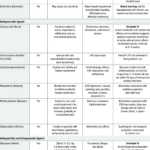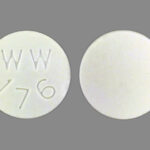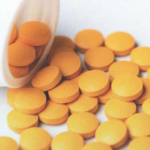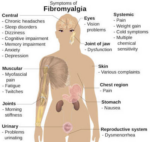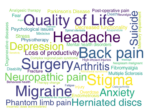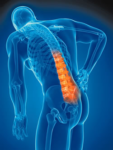The skeletal muscle relaxants (Table) are a heterogeneous group of medications acting both centrally and peripherally to relieve muscle spasms. These medications have been in wide use for decades and rarely cause liver disease. A muscle relaxant is a drug that affects skeletal muscle function and decreases the muscle tone. It may be used to alleviate symptoms such as muscle spasms, pain, and hyperreflexia. The term “muscle relaxant” is used to refer to two major therapeutic groups: neuromuscular blockers and spasmolytics.
COMMONLY USED MUSCLE RELAXANTS
| Generic (Trade) Names | Generic (Trade) Names |
|---|---|
| Baclofen (Lioresal, Baclosan) | Metaxalone (Skelaxin) |
| Carisoprodol (Soma, Carisoma, Sodol) | Methocarbamol (Marbaxin, Robaxin) |
| Chlorzoxazone (Parafon Forte, Remular) | Orphenadrine (Flexon, Norgesic, Norflex) |
| Cyclobenzaprine (Flexeril) | Quinine |
| Dantrolene (Dantrium) | Tizanidine (Zanaflex) |
Muscle relaxants are used to treat two different conditions: (1) spasticity from upper motor neuron syndromes as occurs in multiple sclerosis and (2) muscular pain or spasms from peripheral musculoskeletal diseases or injury such as low back pain. The muscle relaxants in current use have variable mechanisms of action, efficacy and adverse effects. This class of medications is well tolerated, with the most common side effects being drowsiness and nausea.
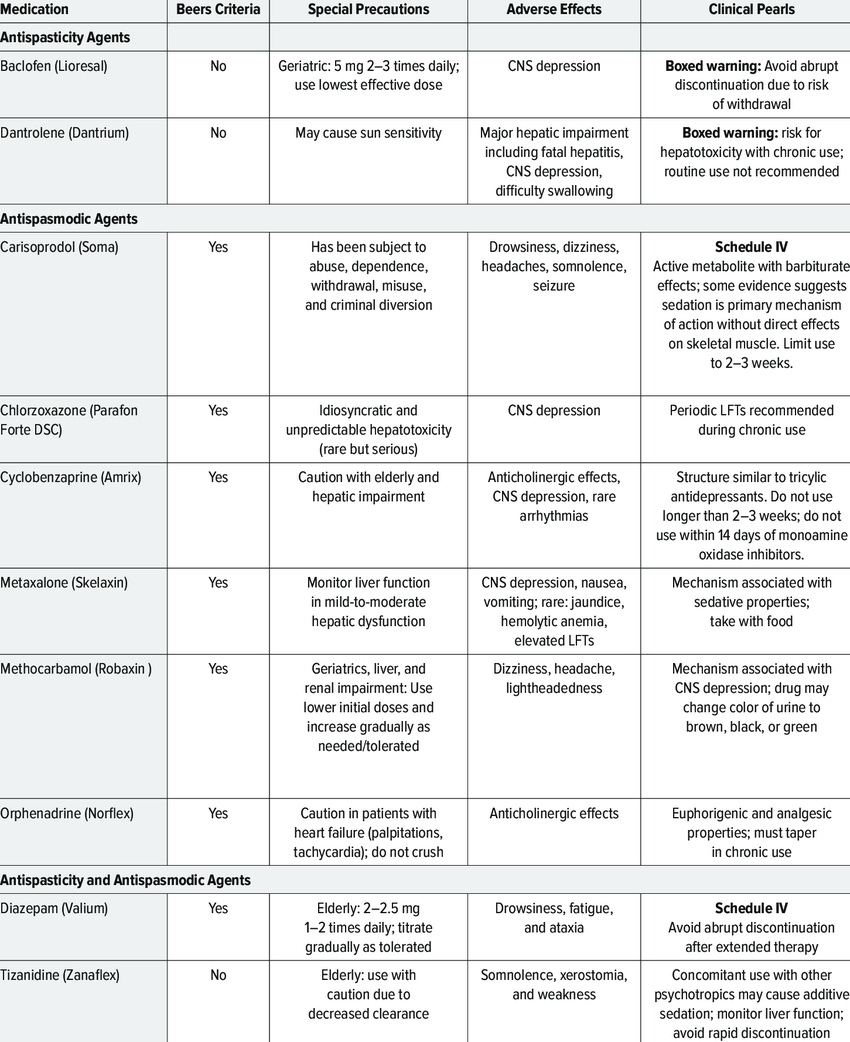
Muscle relaxants are said to be associated with asymptomatic elevations in serum aminotransferase levels in up to 5% of subjects, but the rate of such elevations may be the same in control, untreated subjects, and significant elevations (greater than 3 times the upper limit of normal) are rare. The majority of the published clinical trials evaluating the safety of muscle relaxants do not mention hepatotoxicity or aminotransferase elevations. Rare cases of drug induced jaundice have occurred with some, but not all of the muscle relaxants. Agents that have been fairly clearly linked to clinically apparent acute liver injury include chlorzoxazone, dantrolene, and tizanidine. Cases of acute liver failure and death have been reported after chlorzoxazone and dantrolene therapy. Very rare instances of clinically signficiant liver injury have been reported with quinine and baclofen. On the other hand, there is little evidence to suggest that carisoprodol, cyclobenzaprine, metaxalone, methocarbamol or orphenadrine are associated with significant liver injury and, if it occurs, hepatotoxicity from these agents must be exceedingly rare.
The following drug records are discussed individually and with specific references:
- Baclofen (Lioresal)
- Carisoprodol (Soma)
- Chlorzoxazone (Parafon Forte, DSC)
- Cyclobenzaprine (Flexeril)
- Dantrolene (Dantrium)
- Metaxalone (Skelaxin)
- Methocarbamol (Robaxin)
- Orphenadrine (Norflex)
- Tizanidine (Zanaflex)
Which Muscle Relaxants Are Best for Neck and Back Pain?
When you have a neck or back pain, the first choice is to order advil or acetaminophen from OTC pharmacy. They work better for neck and back pain than muscle relaxants, but there may be a benefit to taking them together, especially at night. Research shows that a muscle relaxant added to acetaminophen or an NSAID works better than either alone.

Now, let’s compare 9 popular muscle relaxants. How well do they work and what are their side effects? Oh, and are they affordable?
1) Methocarbamol
Methocarbamol (Robaxin) is a well-studied medication that treats back pain. It’s also inexpensive and relatively less sedating than other options. In recent studies where it was used for up to 8 days, 44% of folks that took methocarbamol had complete pain relief (compared to 18% who took nothing) — and that was without any serious side effects.
Taken as needed, 1500 mg every 6 to 8 hours is a cheap and well-tolerated option for sufferers of acute neck and back pain. Think of trying this first, as it is less sedating than other options, like cyclobenzaprine and carisoprodol.
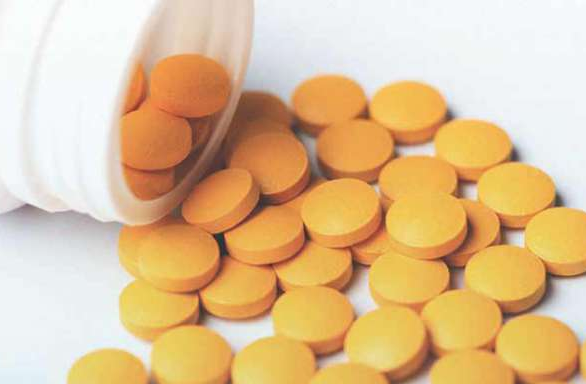
2) Cyclobenzaprine
At the standard dose of 10 mg to 30 mg a day, cyclobenzaprine (Flexeril) will make you sleepy. If you use it during the day, you’ll want to break your 10 mg tab in half and take 5 mg to lessen the drowsiness. Interestingly, 5 mg three times a day has been shown in studies to work as well as 10 mg taken 3 times a day.
Cyclobenzaprine is a reasonable first choice because it’s a cheap generic, but the sedation side effect limits its use during the day. It may also cause more dry mouth, especially in older folks. If this is a concern, consider a better non-sedating option.
3) Carisoprodol (This is controlled substance, and you can not buy it online )
Carisoprodol (Soma) is a Schedule IV drug (similar to benzodiazepines Ativan, Valium, and Xanax) and has the potential for being abused. For this reason, you should not use it if you have a history of substance abuse.
Many believe that carisoprodol should be phased out as a muscle relaxant in favor of much better options. If prescribed, you should only use it for short periods of 2 to 3 weeks due to lack of evidence for effectiveness with longer use. It may cause drowsiness and dizziness, and it should not be used in folks over 65.
Taken as 800 mg tablets 3 to 4 times a day, metaxalone (Skelaxin) has the fewest reported side effects and lowest sedation potential of the muscle relaxants based on clinical studies. Simply put, it is the best-tolerated of the muscle relaxants.
Metaxolone is a generic alternative for the brand drug Skelaxin, but it is still pricey. Insurance companies don’t like to cover it because there are cheaper alternatives. Having said that, it works as well as cyclobenzaprine and carisoprodol with fewer side effects and less sedation—so paying cash may be worth it.
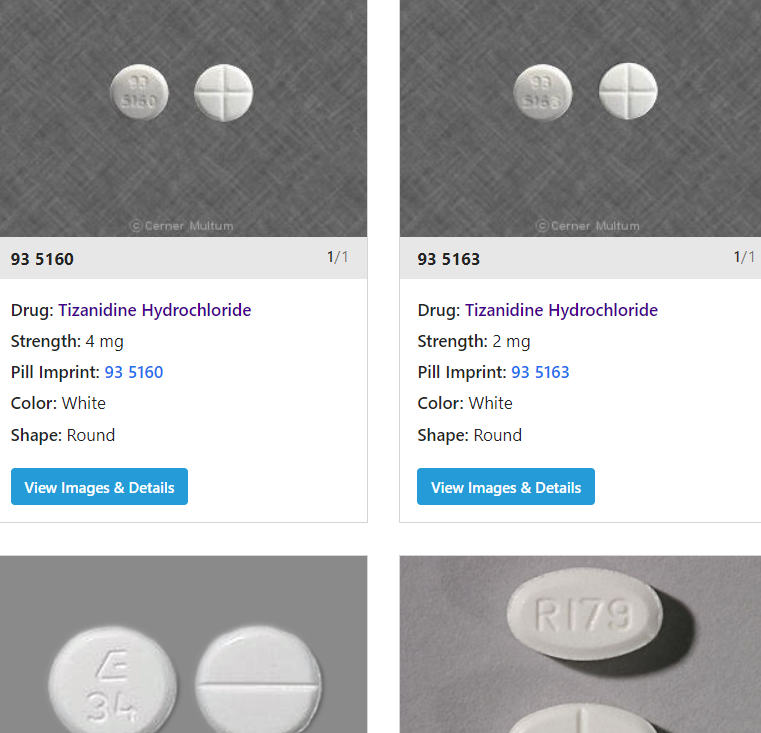
5) Tizanidine
Tizanidine (Zanaflex) is often used for spasticity in patients with multiple sclerosis or cerebral palsy. Spasticity is where the muscles undergo continuous contraction, which leads to tightness and stiffness. In head-to-head studies with Baclofen for those conditions, tizanidine tends to have fewer side effects — but they both work just as well. This is not a first-line choice for acute neck or back muscle pain, though.
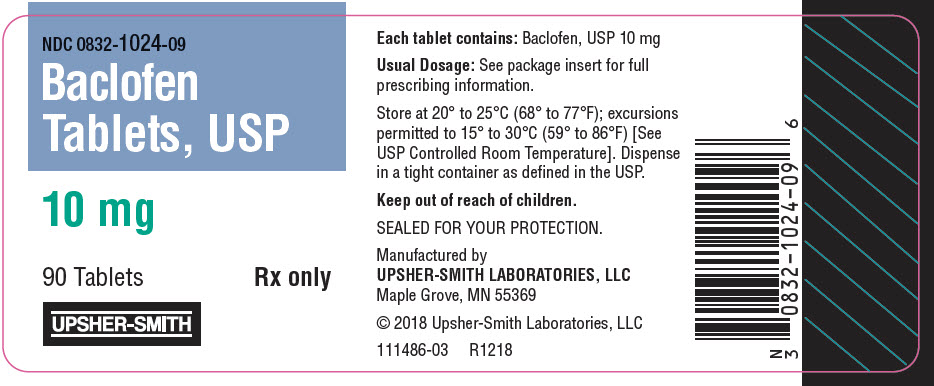
6) Baclofen
Similar to tizanidine, Baclofen is primarily used for spasticity in spinal cord injury patients or those with multiple sclerosis. Up to 20% of folks taking it have drowsiness, and there are better options for neck and back muscle pain. Also not a first choice.
7) Oxazepam and diazepam
Benzodiazepine medications like oxazepam and diazepam (Valium) are sometimes prescribed as muscle relaxants. However, these really aren’t recommended because they don’t work well, are sedating, and can be habit-forming. Avoid benzodiazepines for neck and back muscle pain because there are much better options.
8) Chlorzoxazone
Chlorzoxazone (Lorzone) is not well-studied for acute low back and neck pain in adults. And when investigated for pain after spine surgery, it wasn’t found to be effective. Chlorzoxazone has also been reported as a rare cause of acute liver toxicity. Don’t choose this until you’ve exhausted all other options.
9) Orphenadrine
For neck and back pain in adults, the first 4 medications on this list work better than orphenadrine (Norflex), so save this as another last resort in the event the others don’t work. It just hasn’t been well studied for this purpose.
Pain Medications, Pain Relief, and Pain Management

